When modern warfare started evolving into more urban guerrilla style of combat, most optical riflesights became obsolete in one stroke.
Some manufacturers opted for red-dots and prismatic sights. Others opted for low magnification scopes, some of them even integrated into the carry-handle of the infantry trooper's rifle.
Then came the battles of Central Asia.
Places where troops may need to engage at inside-the-room distances, or out-the-window into the next hill distances.
On top of that, squads started having a DMR's, someone with the technique and training to do some precision shooting, perhaps he will not have the FIELDCRAFT that defines the sniper, but his shooting requirements are quite high.
So, scope manufacturers started looking at scopes with wide zoom ranges. The 3 times usually available (like the 3-9X or the 4-12X simply did not cut it. Bushnell, Leupold and other companies started coming out with zoom ranges of 4 times (3-12X), and even 5 times (2-10X), but the big leap was still in the future.
And then came several manufacturers that took the jump to 10 times (1-10X, 2-20X, 3-30X, all the way up to 8-80X). MOST of the companies that came out with those extreme scopes were companies in the high end of the market ($1,500 to $4,000). And, curiously, some of them accomplished the goal of the zoom range, but missed completely the REAL goal of achieving the versatility of the scope for most situations because scopes did not focus down to across-the-room distances.
Part of the blame layed with the top brass.
None of them actually understood what the boys were facing in the field.
As time passed, new brass came up and changes started being made. But companies are slow to respond unless they get a specific request from the Requisitions Departments and so we still have quite a few scopes with very large zoom ranges that do not focus to close quarters.
Sightmark is one of the companies that actually takes the time to think about what they are doing.
I had tested a few of their scopes, mainly the old Triple Duty scopes and, apart from the problems inherent to the massive double recoil dished out by Diana 54's, they pretty much behaved as well as one could wish within their price bracket. And in this day and age, $360 don't buy too much quality glass and/or mechanics. The US Dollar ain't what it used to.
Sightmark would need to go to a coil spring erector architecture and a much more robust reticle (possibly at the same time developing their own "christmas tree" design) to make these scopes Diana 54 worthy . . . or the shooter could use a ZR Mount and deal with the shortcomings separately.
After the economic crisis, with a change of admin at Sightmark, and with the revived interest of "jack of all trades" guns (the "Black Sporter Rifle" trend), Sightmark came out with a very special scope, it is called the "Ezekiel".
¿Why such a ponderous name?, you may ask. Well, I think it is a suitable name. In Hebrew Ezekiel can mean either "strong in G'd" or "strengthened by G'd" in any case, the name implies strength and far-seeing powers, as Ezekiel was a prophet.
The Ezekiel is one of the few mid-priced scopes that has a 10 times zoom range. It goes from 3X to 30X
Scope comes with TALL Weaver rings in the box, not that that helps a lot of airgunners, but it is interesting to see more and more manufacturers include some kind of rings.
The usage of a close-focus adaptor will solve this issue, but only for PCP's, as the recoil of a spring-piston airgun will surely dislodge the adaptor from the spring-loaded covers usually employed for mounting.
To add to this problem, up to this date I have not found a close focus adaptor for lenses larger than 44 mm's.
The Ezekiel can be easily endowed with a larger sidewheel. The knurled end of the knob is slightly smaller than the body itself, so that you can easily have a sidewheel made or adapt one. With a little electric tape I adapted the 4" one I had used for years in the HorusVision for this test:
Using non-stretching paper tape. I identified the longest mark, the average mark, and the shortest mark. Plus a few other marks to try to establish the "resolution" that the scope can give.
For starters, the whole excursion between the shortest range (38') and a long range (154') is covered in the first 135º of rotation of the wheel aprox. Not much, but better than some of the Nikko Stirlings, Leapers and other scopes in the same price bracket.
I used the "back and forth" focusing technique that works best for me. That implies focusing on the way up and going past. Then focusing on the way down and going past. Then refining the limits till I can be confident that my "hand memory" can set the scope to its optimum focus. This technique proved to be repeatable and reliable at 12X; at 30X the scope does snap in-and-out of focus pretty sharply. It also does it at 24X, where max luminosity is achieved.
Once all the marks had been reliably located, I REMOVED the paper tape and measured the distance between marks in mm's.
In the field it is hard to rely on marks closer than about 1 mm. So that is the number I look for to deduce the distance resolution capability.
Resolution, therefore, is quite good.
With some good training, I think that shooters with good eyesights could resolve well between the 53 and the 55 yard mark.
A larger sidewheel, or a "coma" style sidewheel would also help.
I doubt that anyone could mark this scope at ½ yard intervals, as some like to do, but the performance at 12X is quite remarkable; look at the following picture; it shows a favourite "target" of mine. The sloped roof has a near corner, then the top cusp of the roof and then a far corner.
The near corner is at 154', the far corner is at 166' and the cusp is at 160'. In this photo, though not a very good one, you can see that the near corner is in focus, then the cusp is a bit fuzzy, and then the far corner is definitely out of focus.
From this we can establish that UNDER THESE CONDITIONS, the scope's depth of field is in the region of 6' (about 2 yards).
And ¿how does a REAL FT look like? I can hear the question! LOL!
Well this next picture tells you how it looks at 12X when placed at 30 meters/33 yards:
And, if you do not like the lit reticle in a scope, there is an easy solution: do not install the battery! ;-)
A good scope should let you see details when you cannot see more than volumes, shapes and angles with your plain eyes.
I conduct my tests at light levels that usually challenge the auto-focus function of the cameras, but believe me when I tell you that the reticle was in focus in these two next pictures.
In this sense, I have to say that the scope's "brightness" decreases considerably between the 24X and the 30X mark. BUT at 24X it does a VERY creditable job in VERY LOW light conditions:
Reason is simple: scope's reticle is "true mrad" at 10X. So that makes the scope an "IPHF" (Inch Per Hundred Feet) reticle when set at 12X. A situation that makes sense for American shooters used more to the Imperial System than to the Metric System.
¿Would I buy this scope?, well if I was looking for a scope for one of my PCP hunters, I would:
I would have to dial down this Talon to about ½ its current power, but it could be fun.
;-)
If you can, give the scope a test drive at your sports equipment dealer / friendly gunshop. Go in the evening and test the scope under low light. Look at HVAC units in the vicinity, they have small details that you can either resolve or not. Set it at 12X and test how sharply the focus snaps in and out.
It may, or may not, be the scope for you. But it is definitely worth the time to look it over.
Un abrazo!
HM
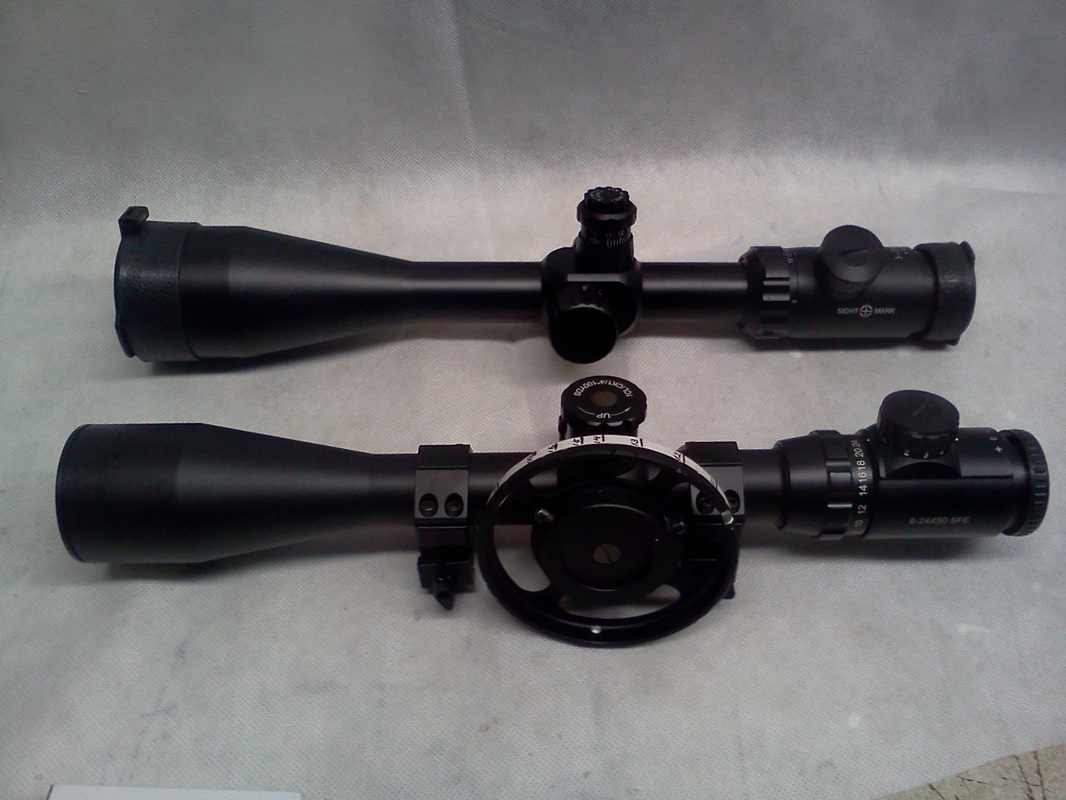
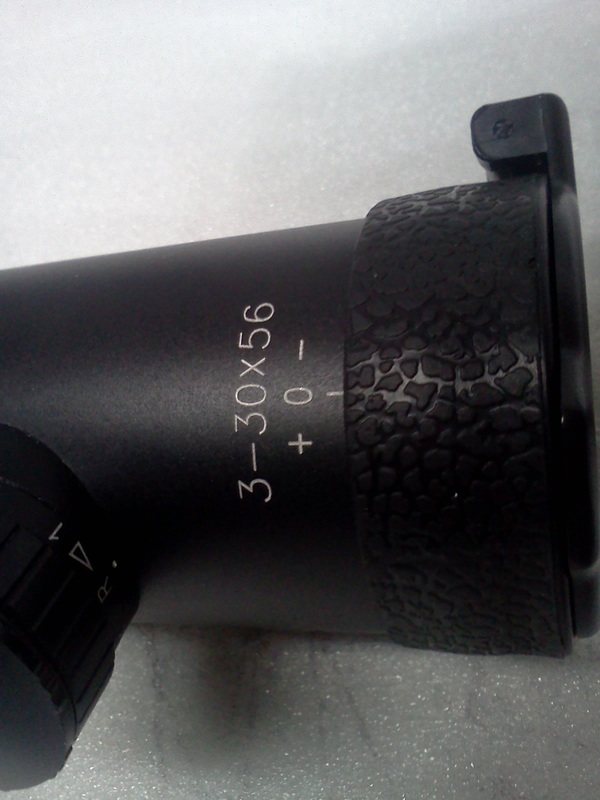
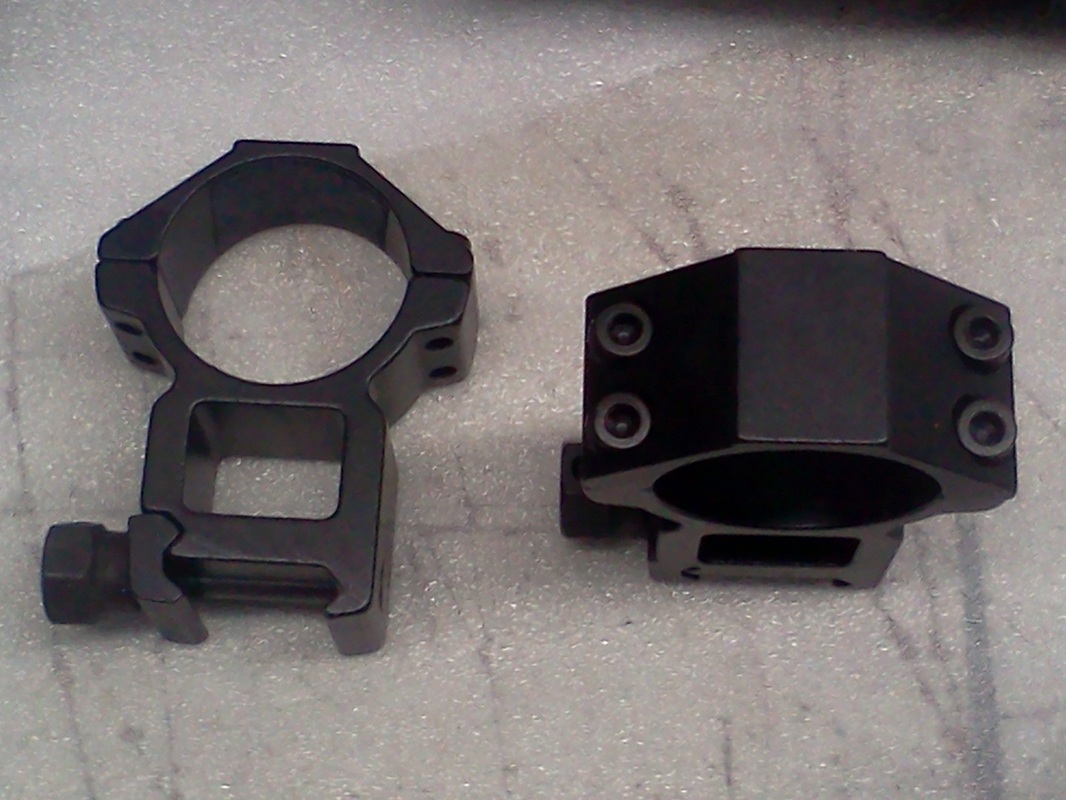
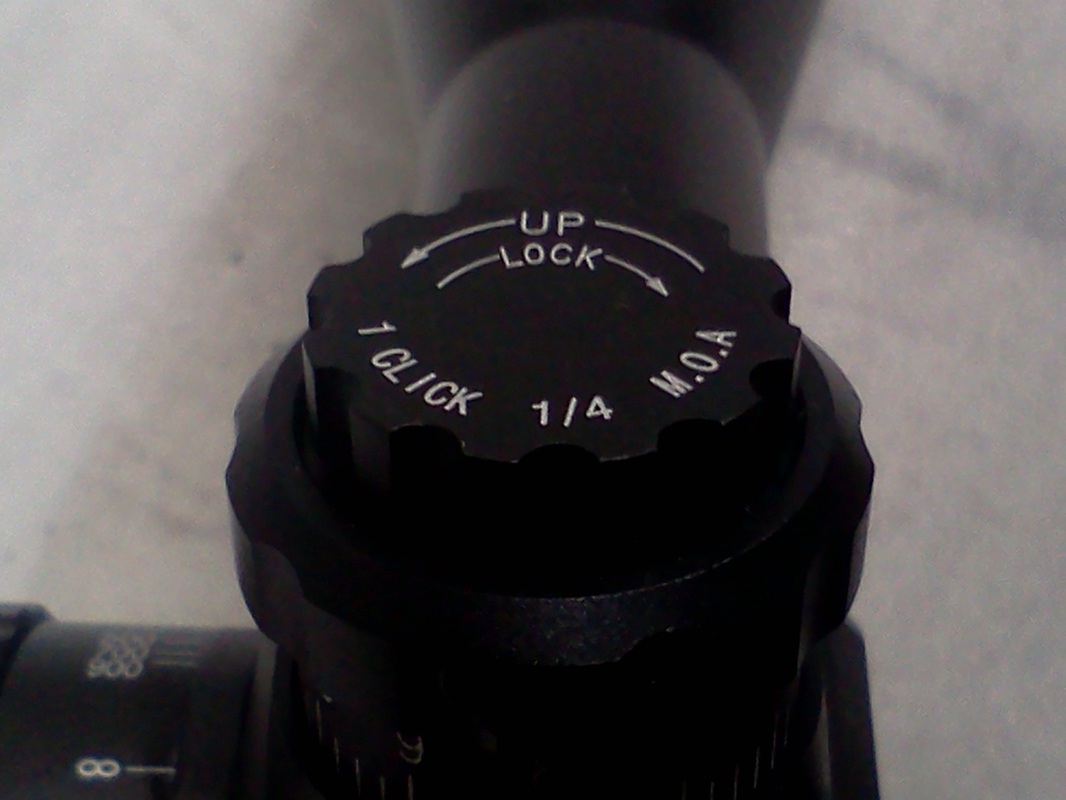
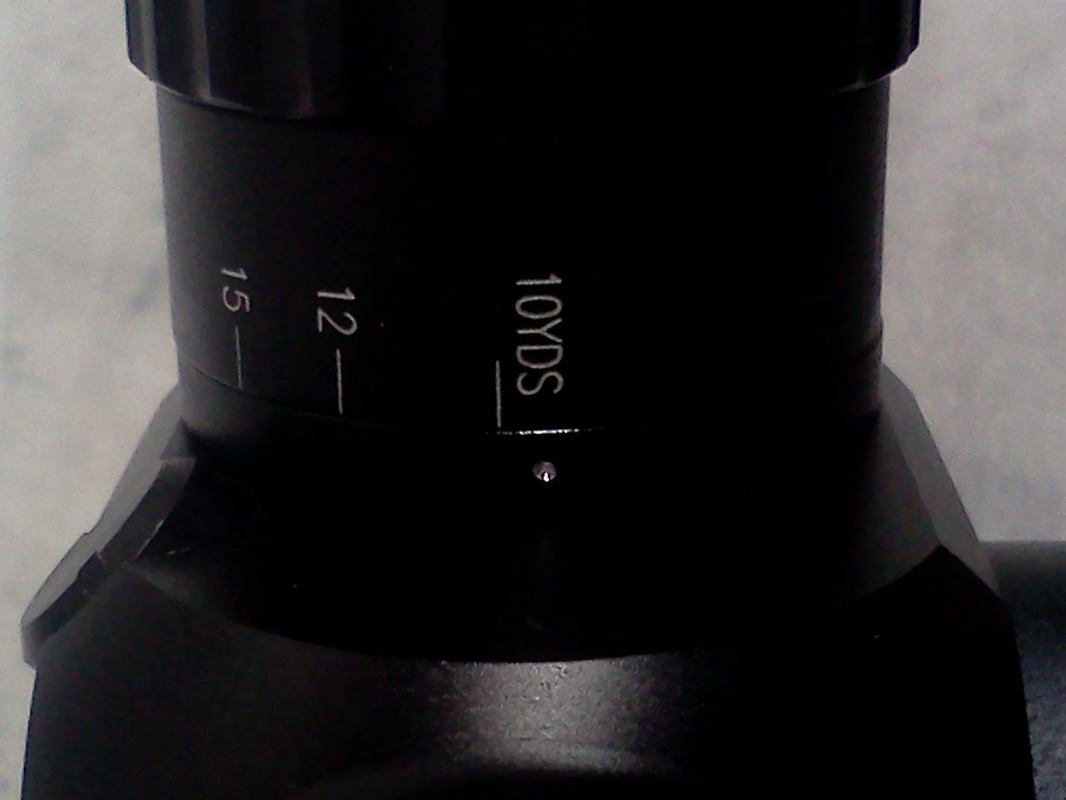
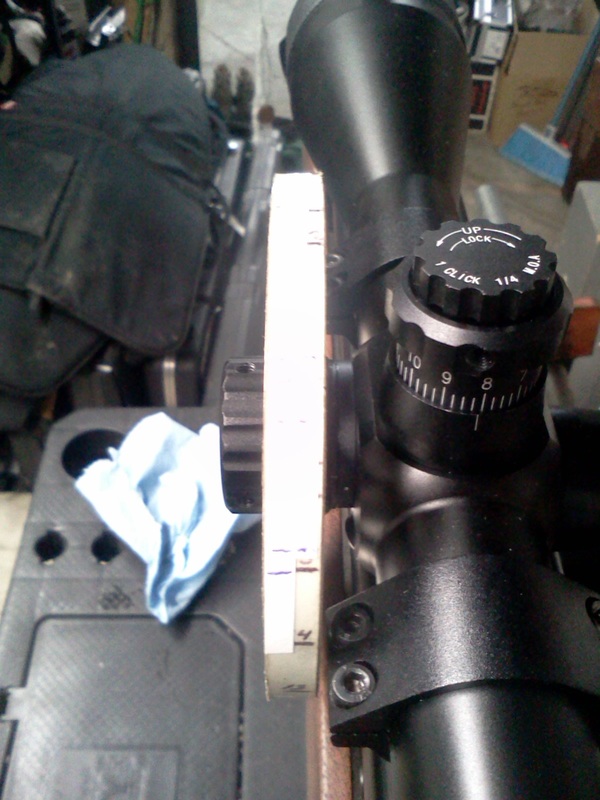
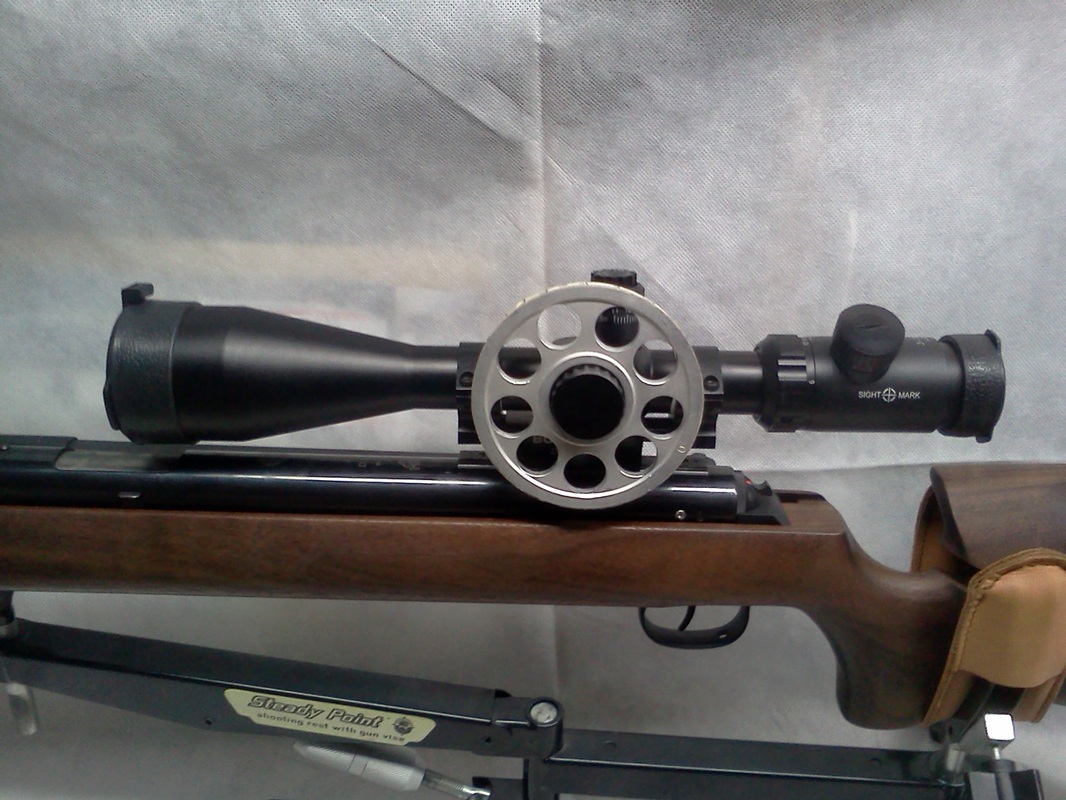
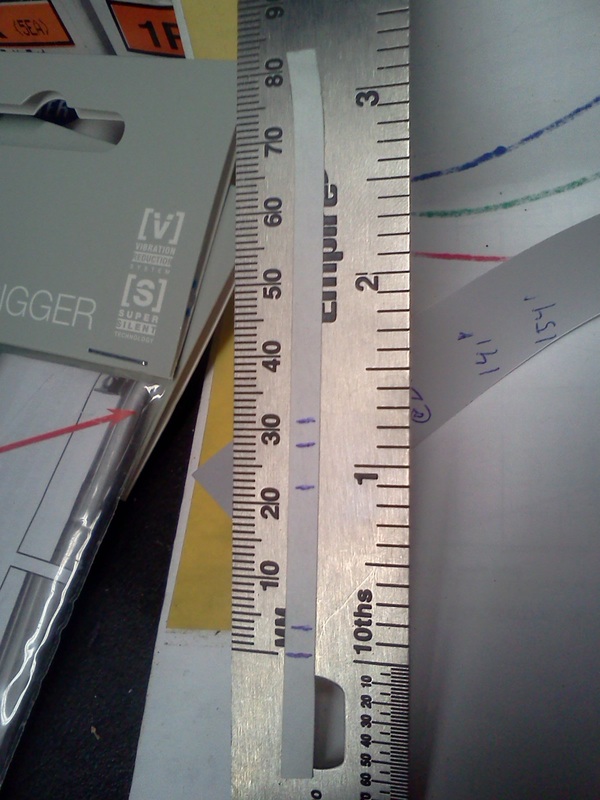
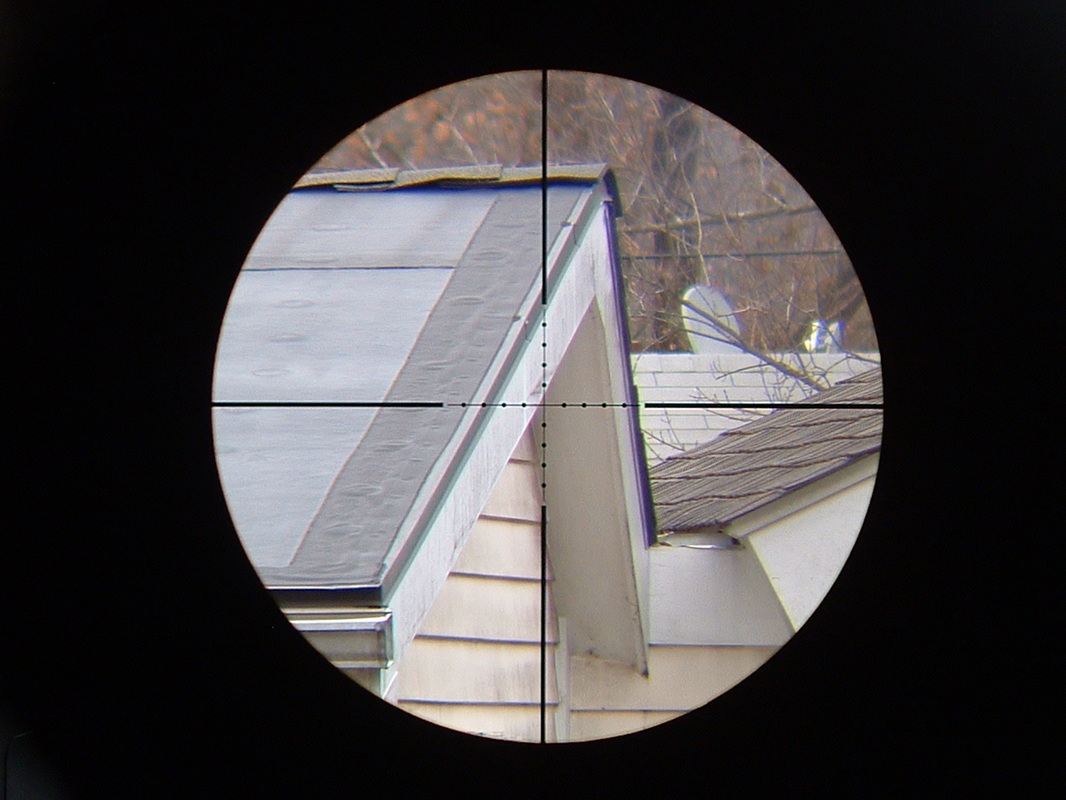
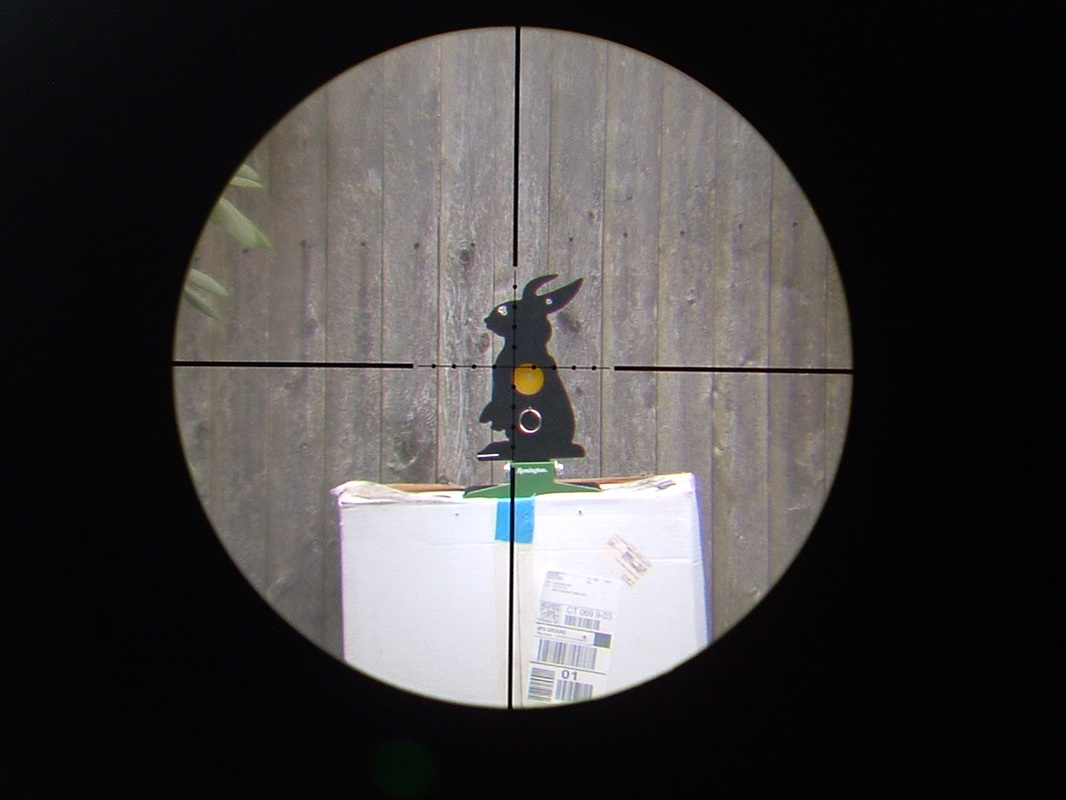
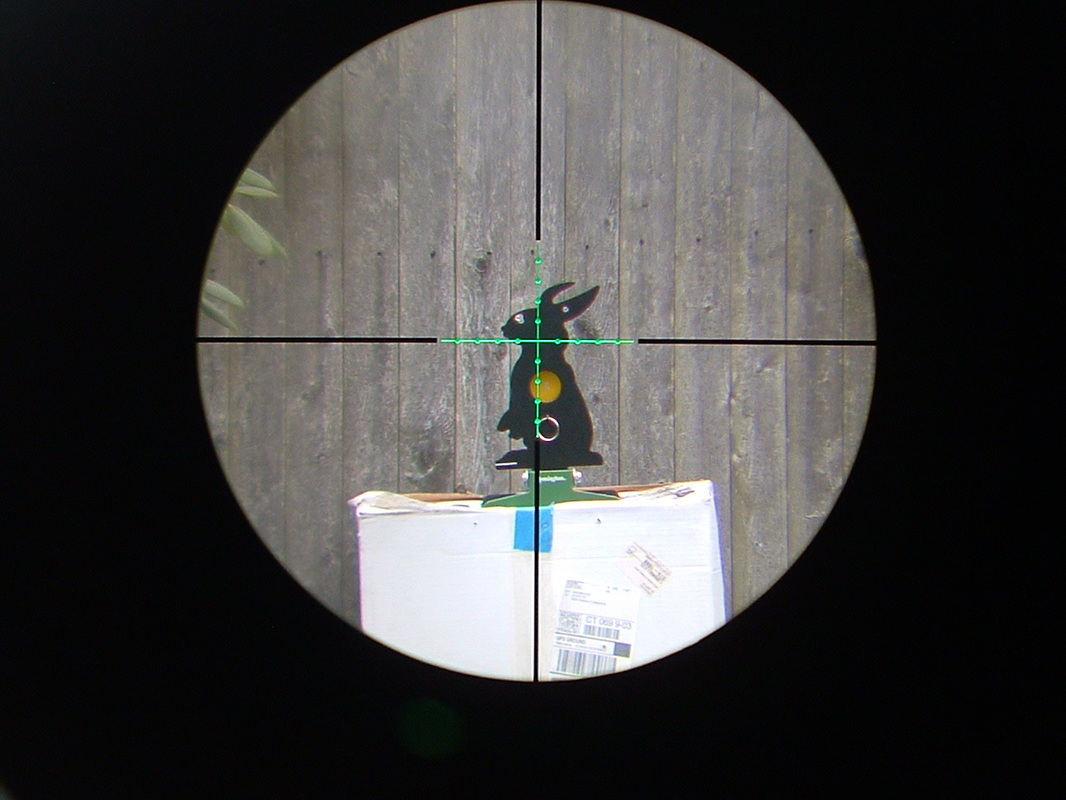
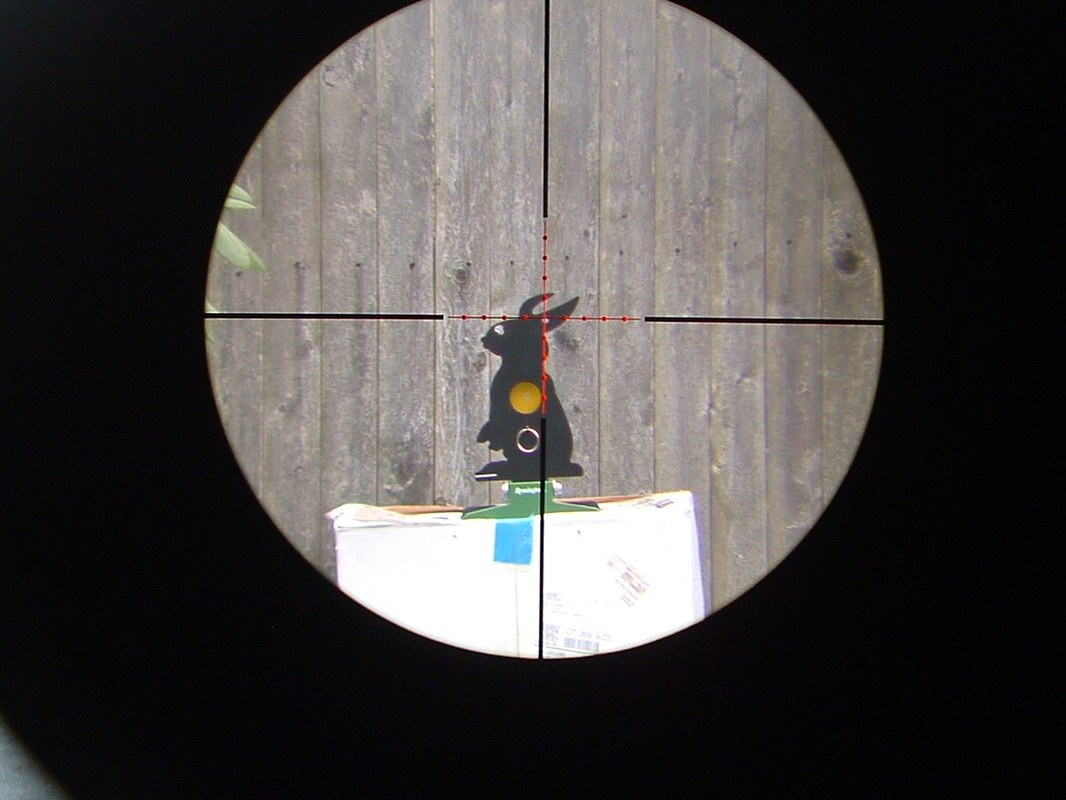
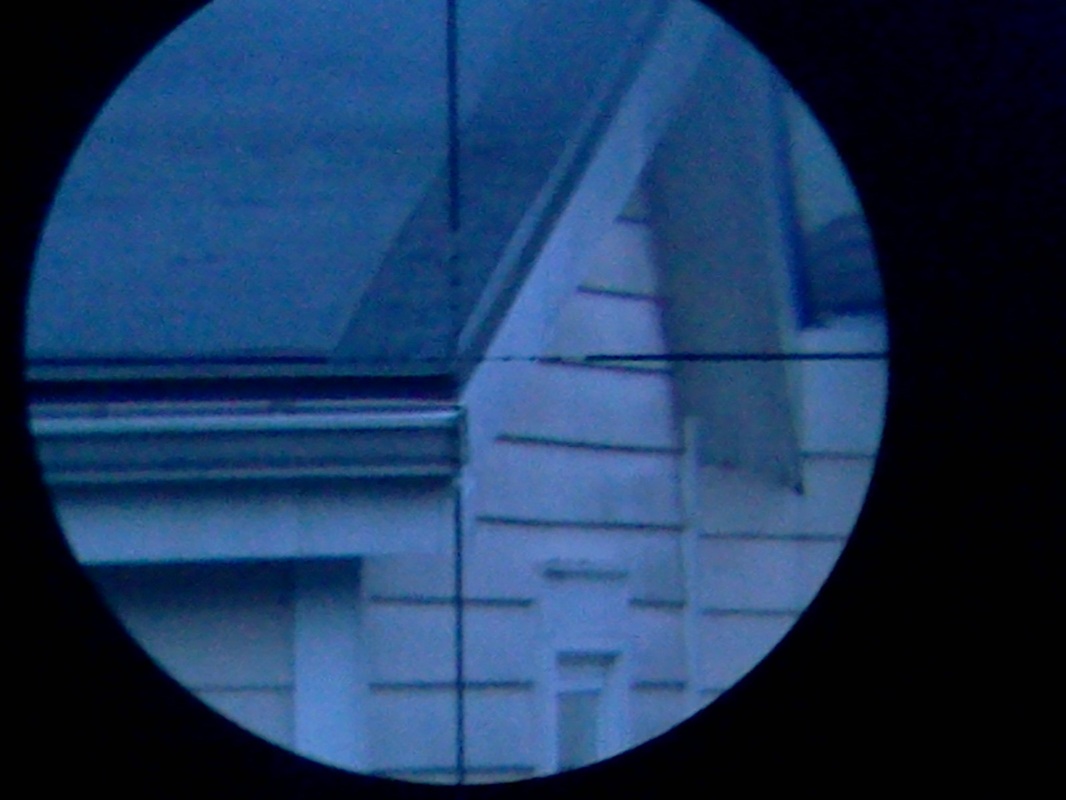
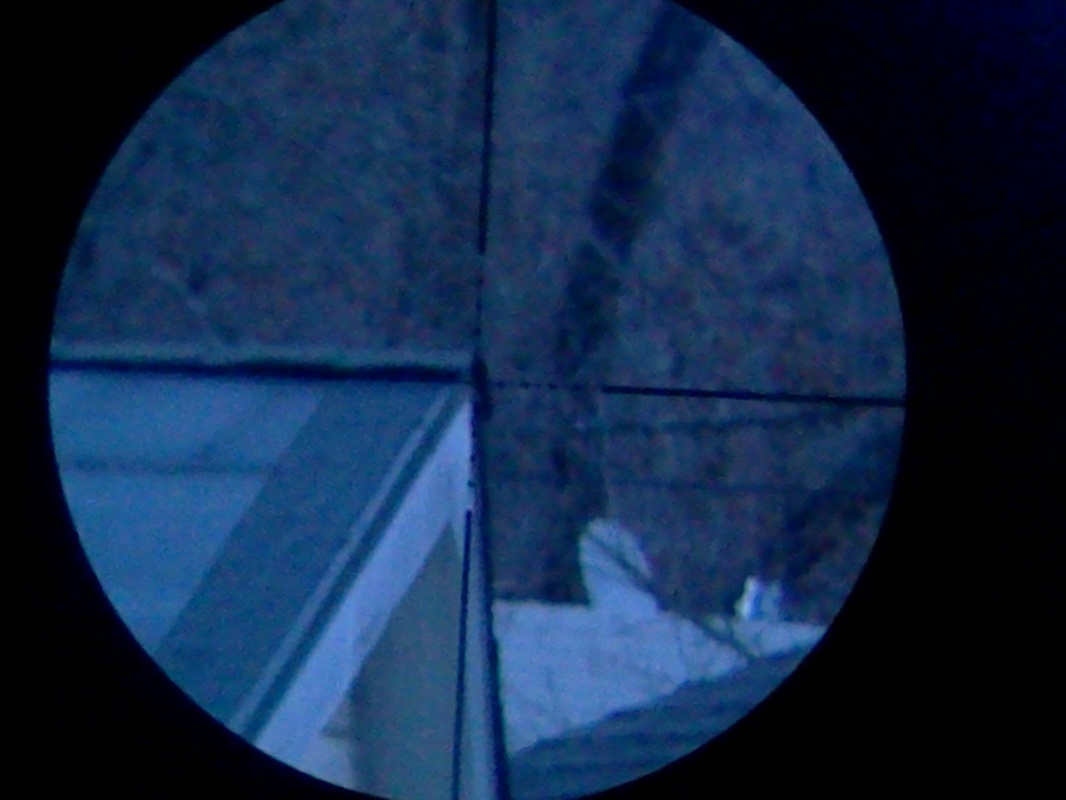
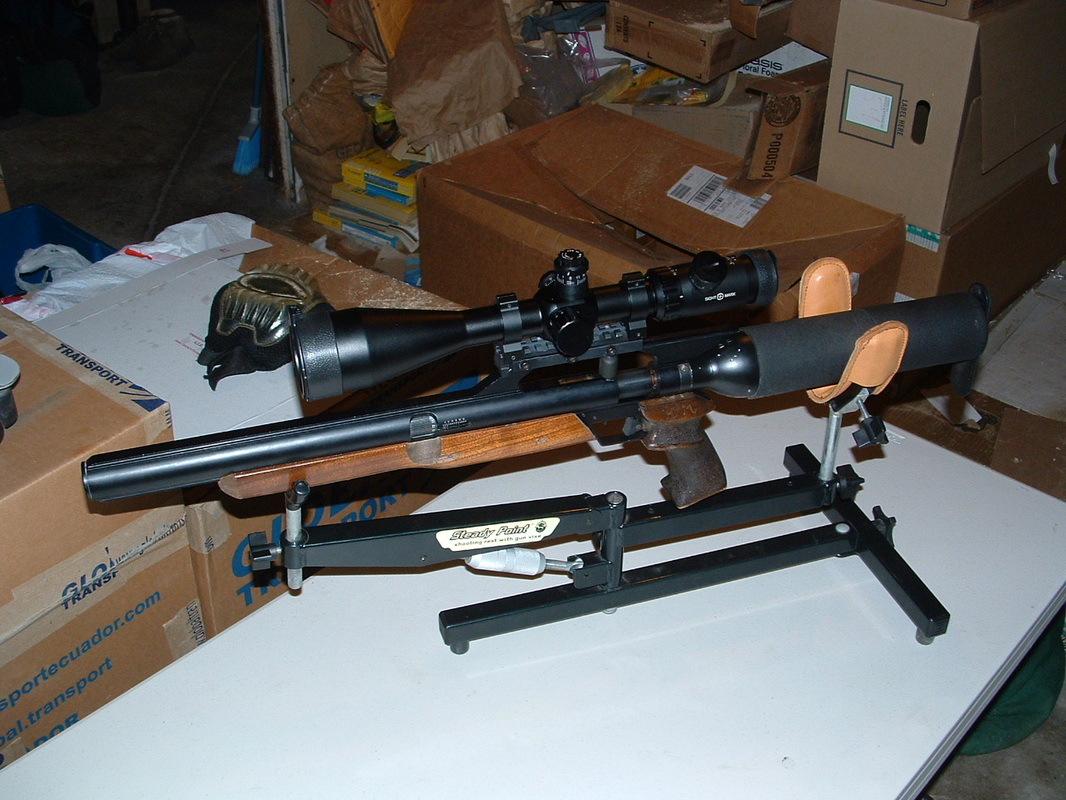
 RSS Feed
RSS Feed